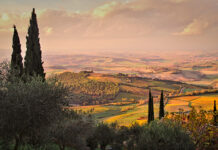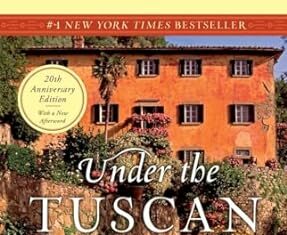From the stunning coastlines to the rolling valleys, majestic mountains, serene lakes, and historical ruins, Italy’s natural and architectural beauty is unparalleled.
Coastlines
Italy’s coastlines are some of the most beautiful in the world, stretching for approximately 7,600 kilometers. The Amalfi Coast, with its dramatic cliffs and colorful villages like Positano and Amalfi, is a UNESCO World Heritage site and a symbol of Mediterranean splendor. The rugged coastline of Cinque Terre, another UNESCO site, features five charming villages perched precariously on the cliffs above the Ligurian Sea. The turquoise waters of Sardinia and the pristine beaches of Sicily offer a paradise for beach lovers.
Valleys and Plains
The Italian landscape is interspersed with fertile valleys and plains, such as the Po Valley, which is Italy’s largest plain and one of the most productive agricultural regions in Europe. This area, nestled between the Alps and the Apennines, is characterized by expansive fields, vineyards, and charming villages. The Val d’Orcia in Tuscany, with its rolling hills, cypress trees, and picturesque towns like Pienza and Montalcino, epitomizes the idyllic rural scenery often associated with Italy.
Mountains
The Alps in the north and the Apennines running down the spine of the peninsula provide dramatic backdrops and playgrounds for outdoor enthusiasts. The Dolomites, part of the Alps, are renowned for their striking, jagged peaks and are a haven for hikers, climbers, and skiers. Monte Bianco (Mont Blanc), Europe’s highest peak, stands as a testament to the grandeur of Italy’s mountainous regions.
Lakes and Rivers
Italy’s lakes, especially those in the north, are celebrated for their beauty and tranquility. Lake Como, with its deep blue waters and surrounding mountains, has been a retreat for aristocrats and celebrities for centuries. Lake Garda, Italy’s largest lake, offers a mix of scenic beauty and outdoor activities. The Tiber and Arno rivers, flowing through Rome and Florence respectively, have been central to Italy’s history, providing water, transportation, and inspiration for countless works of art and literature.
Architecture and Ruins
Italy’s architectural heritage is rich and varied, reflecting its long history and the many civilizations that have left their mark. Ancient ruins like the Colosseum and the Roman Forum in Rome, the archaeological sites of Pompeii and Herculaneum, and the Greek temples in Sicily and Paestum offer a glimpse into the past. The Renaissance architecture of Florence, with landmarks such as the Duomo and the Uffizi Gallery, showcases the country’s artistic legacy. Venice, with its canals and Gothic palaces, is a marvel of human ingenuity.
Conclusion
Italy’s landscape is a tapestry of natural and man-made wonders, each contributing to the country’s unique charm. Whether exploring the rugged coastlines, serene valleys, majestic mountains, or historical ruins, visitors are sure to be enchanted by the diverse and beautiful scenes that Italy has to offer.
Here’s list of photography books that display the beauty of Italian landscapes, from coastlines, to rolling hills in Tuscany the majestic Alps, and eternal cities:





























